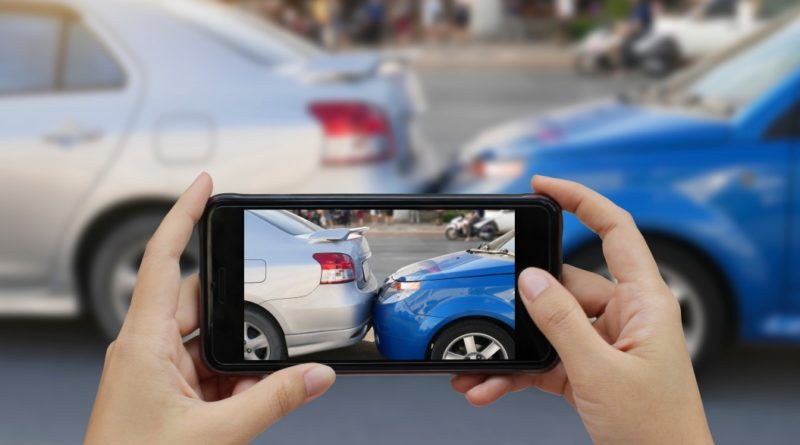Damage Coverage You’ll Want to Include in Car Insurance
In the US alone, there are 270 million registered vehicles on the roads. That’s a lot of metal, and it contributes to the not overly surprising fact that car insurance claims rack up to an average $170 million yearly. While each driver does only make a claim every 18 years on average, increasing road traffic means increased risk, and it’s a risk that many are unwilling to take uncovered.
Luckily, car insurance is now easier than ever to access, with the average driver spending around $1,300 per year here. Sadly, standard packages with the lowest price points aren’t always your best options.
While there is such a thing as comprehensive coverage, the majority of insurance providers don’t cover every eventuality off the bat. Most notably, protection for your vehicle itself isn’t a standard in most cases.
Rather, drivers must specifically seek physical damage coverage to ensure that they can repair their car if accidents do happen. And, given that many of us rely on our vehicles to work and more, this has become something of a necessity.
With that in mind, implementing damage coverage sooner rather than later is your best bet. But, what exactly are your options, and which is best for your needs?
When would you use physical damage coverage?
As the name suggests, physical damage coverage insures you against repair costs in the aftermath of a range of risks to your vehicle, including:
- Collisions
- Natural disasters
- Fire
- Falling objects
Do note, however, that physical damage coverage applies solely to your vehicle where repairs or replacements are concerned. Unless part of a broader policy, this coverage option doesn’t typically protect with regards to:
- Medical expenses
- Lost income
- Damages to other vehicles
- Stolen property
- Legal fees
For these, you’ll need to seek additional packages alongside those basic damage protections.
What are your options?
As with any auto insurance, there’s no one-size-fits-all damage coverage. Rather, there are a range of options to fit all needs. Factors here may include your age, location, and vehicle type, but the main policies worth considering include:
- Collision insurance: Coverage for car repairs/replacements after collisions regardless of whether an accident is your fault
- Comprehensive damage insurance:Excluding collision insurance, so-called comprehensive policies cover damage from other areas, such as natural disasters, theft, and vandalism
- Uninsured motorist coverage: Ensures payment if you’re in an accident that’s someone else’s fault but their insurance doesn’t cover your costs
- Custom parts coverage: A speciality addition that covers parts you’ve added to your vehicle after purchase which may not be protected by standard damage policies
These are just a few of the options available, and each provides something very different. Even within these broader policies, agreements such as a decent deductible and replacement cost value coverage rather than actual cost value coverage could see you securing enough to keep yourself on the road.
Only by talking with your provider can you ensure the best package for your needs. So, don’t hesitate to start on your damage coverage journey today.




